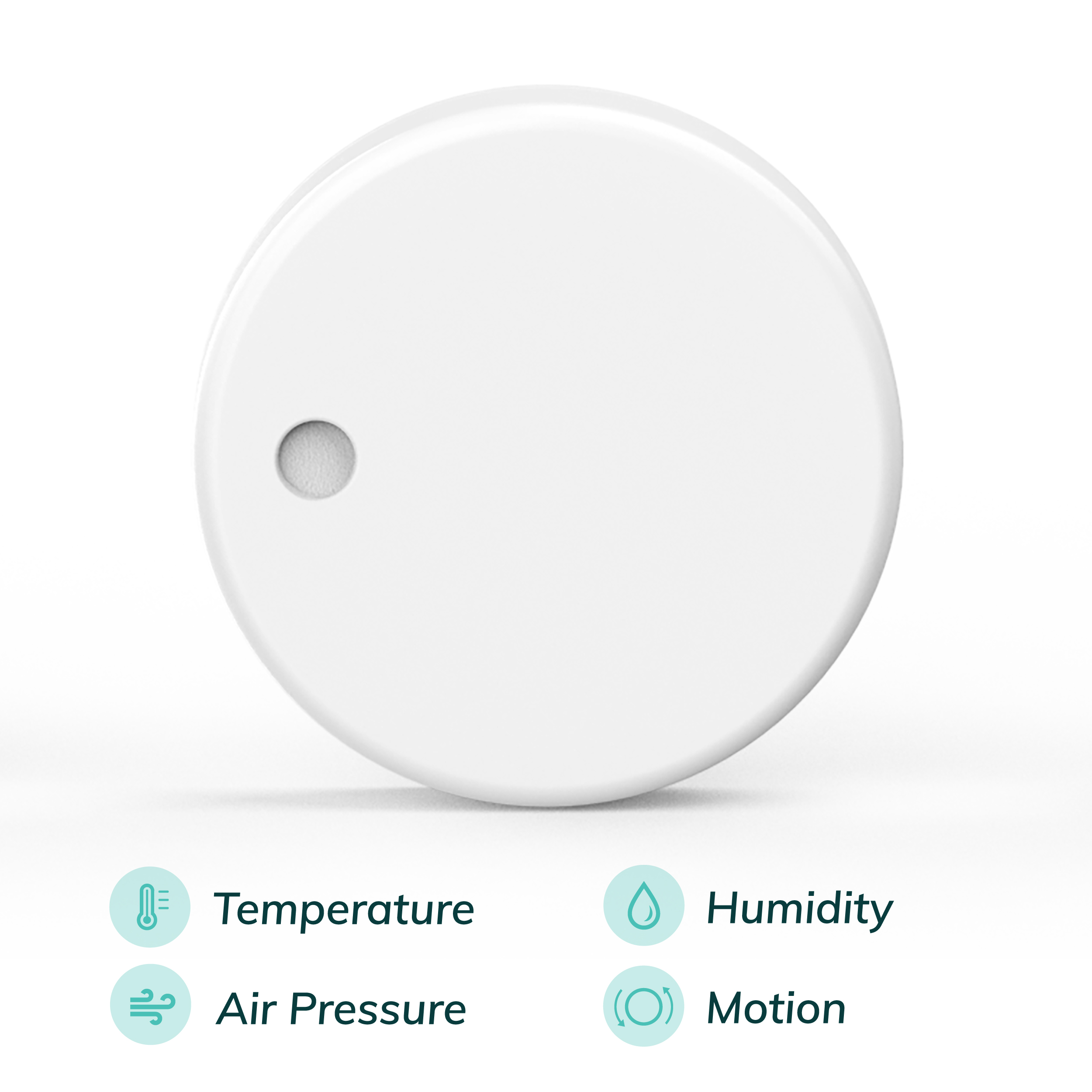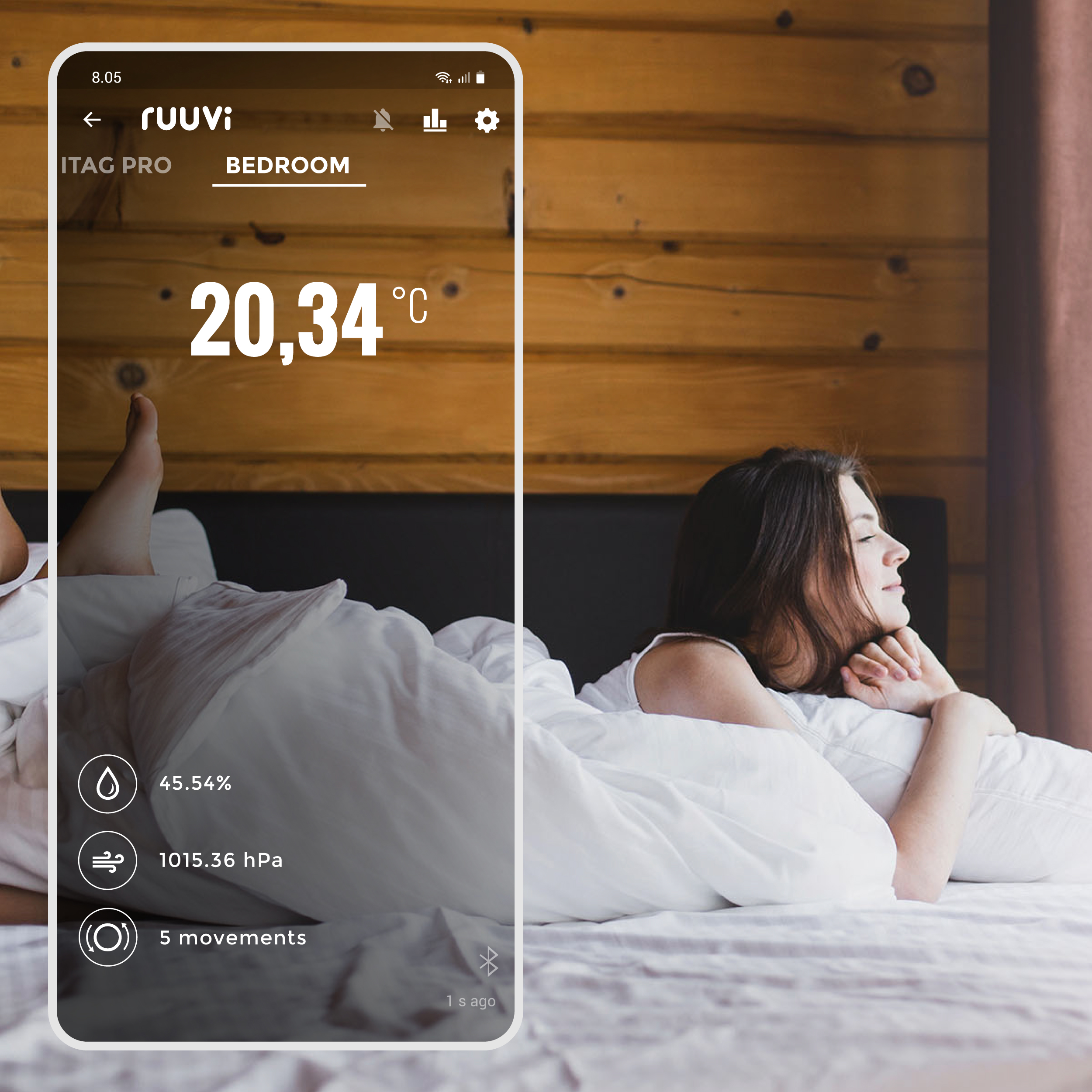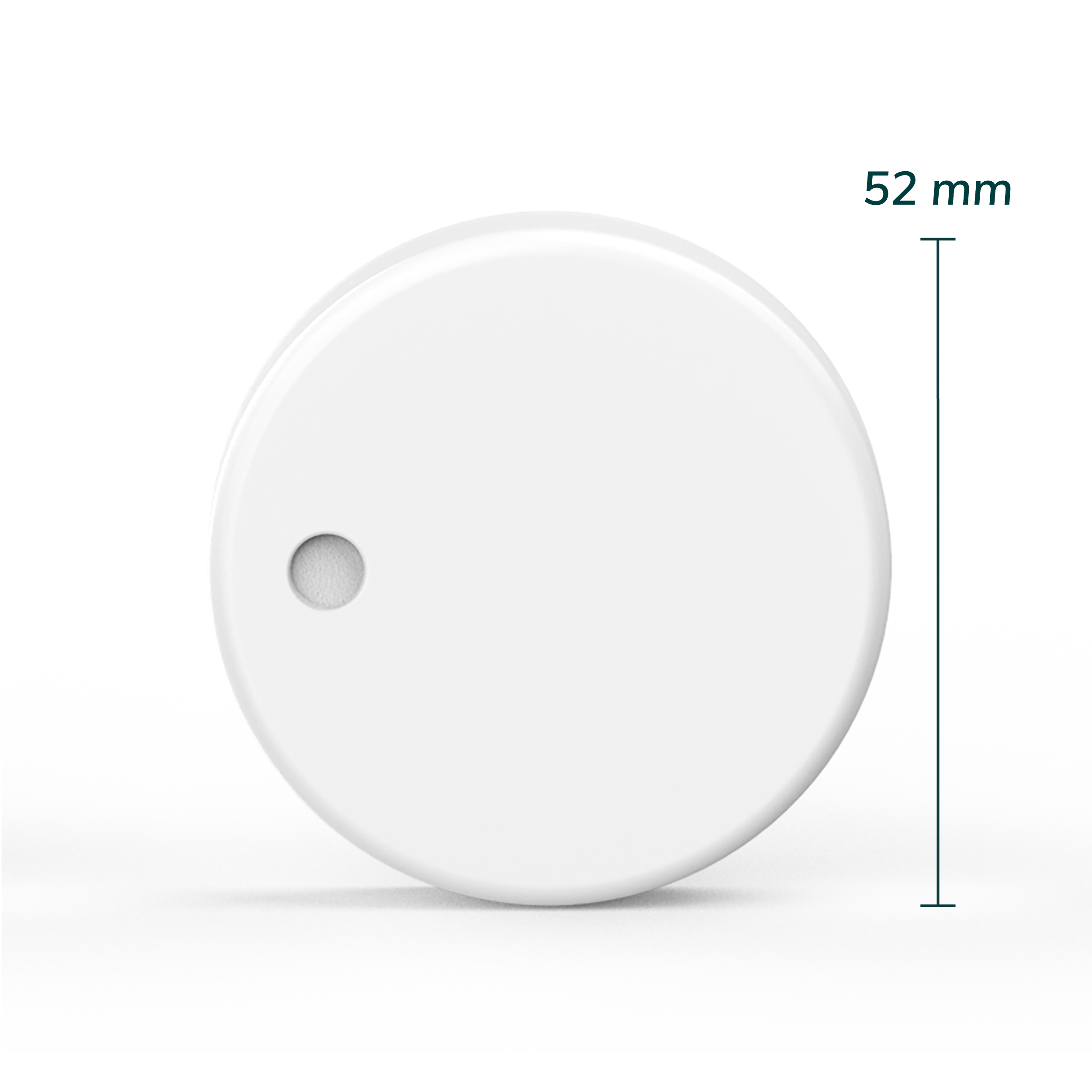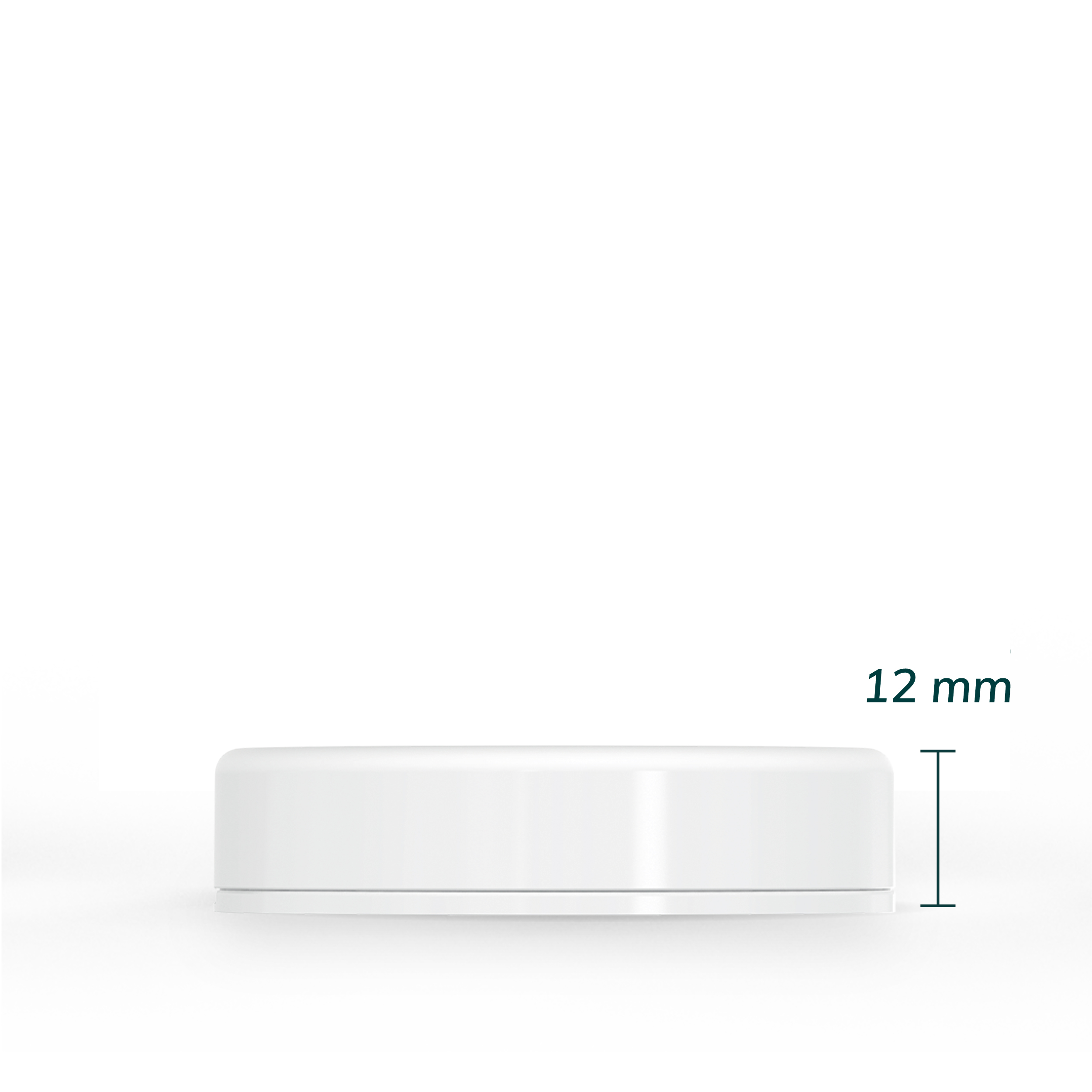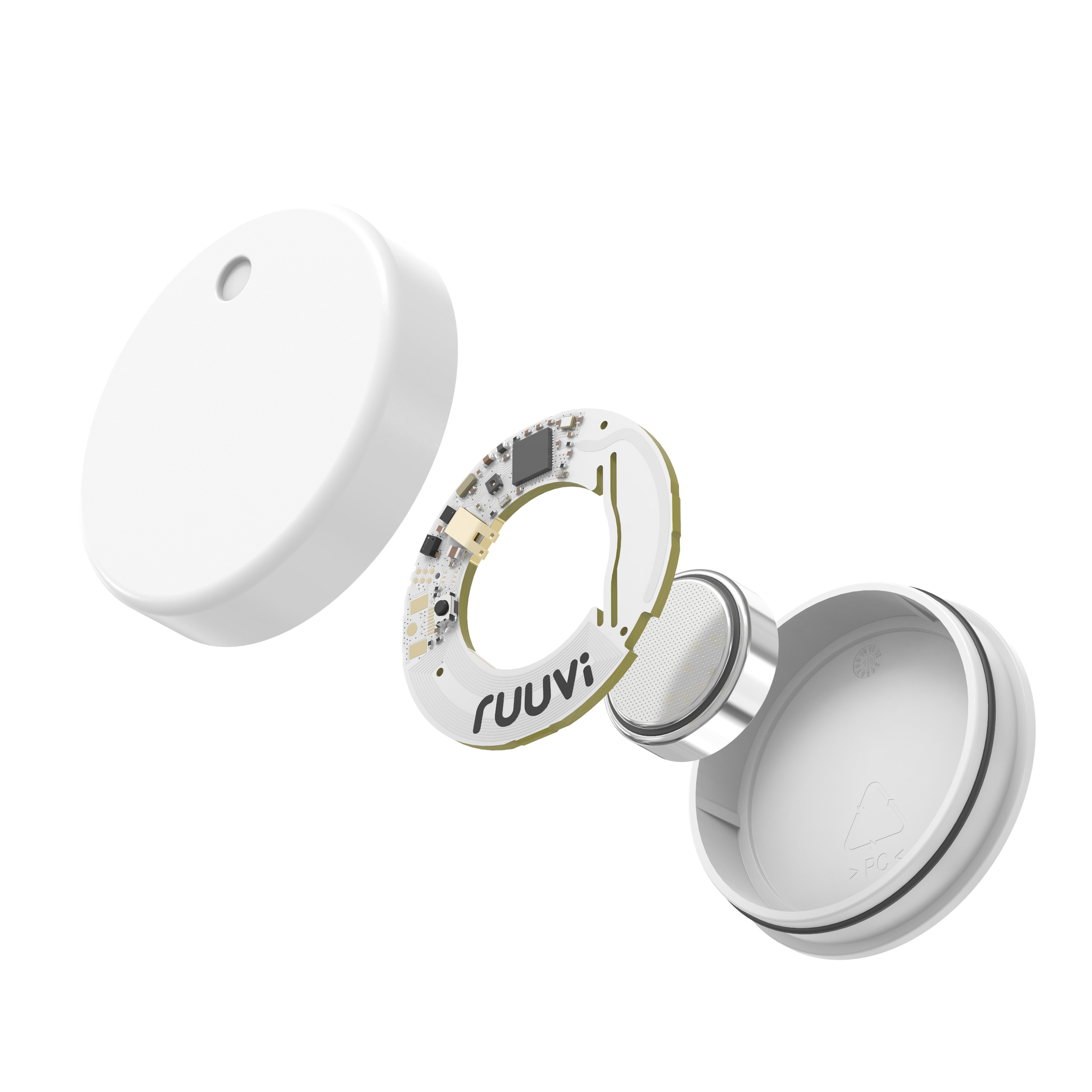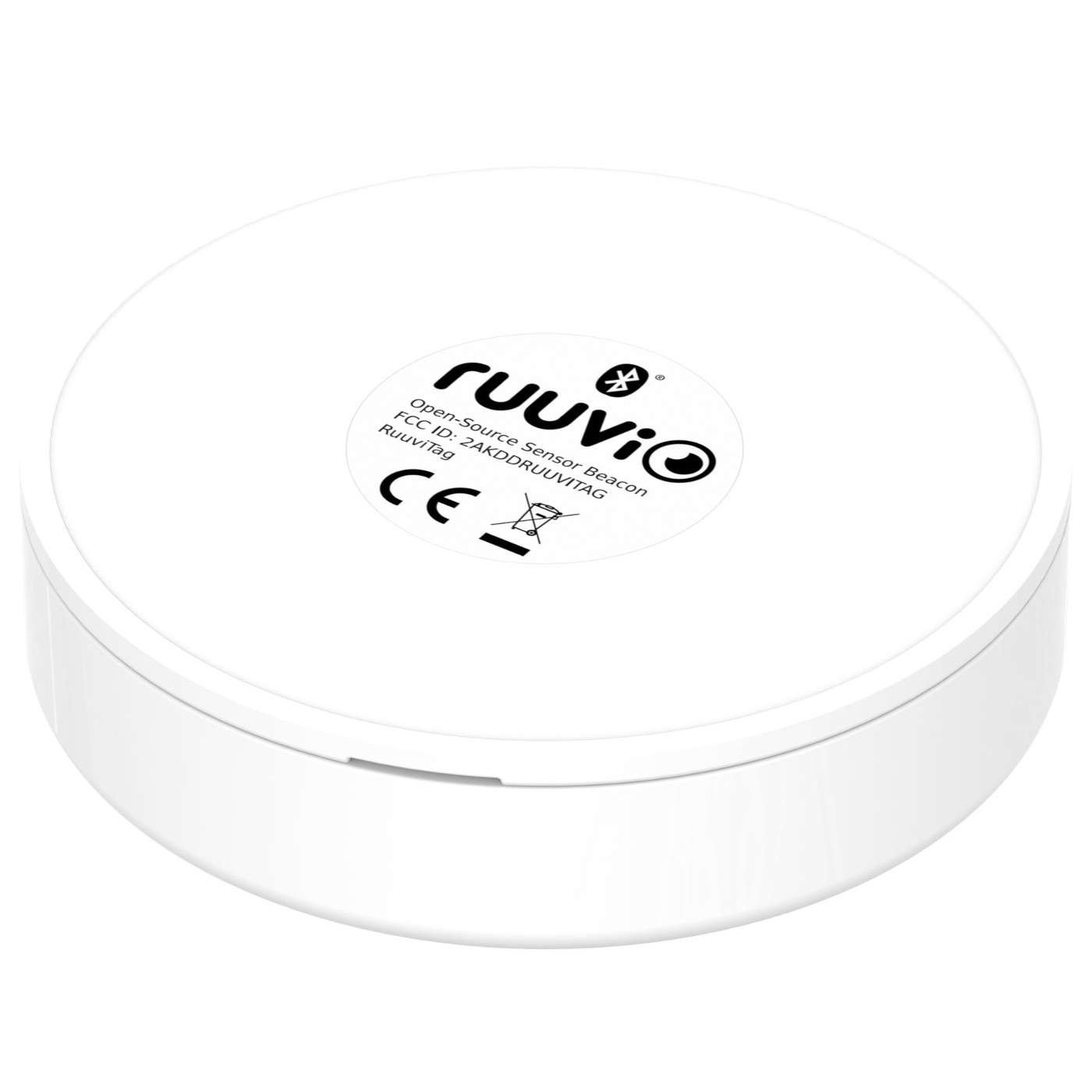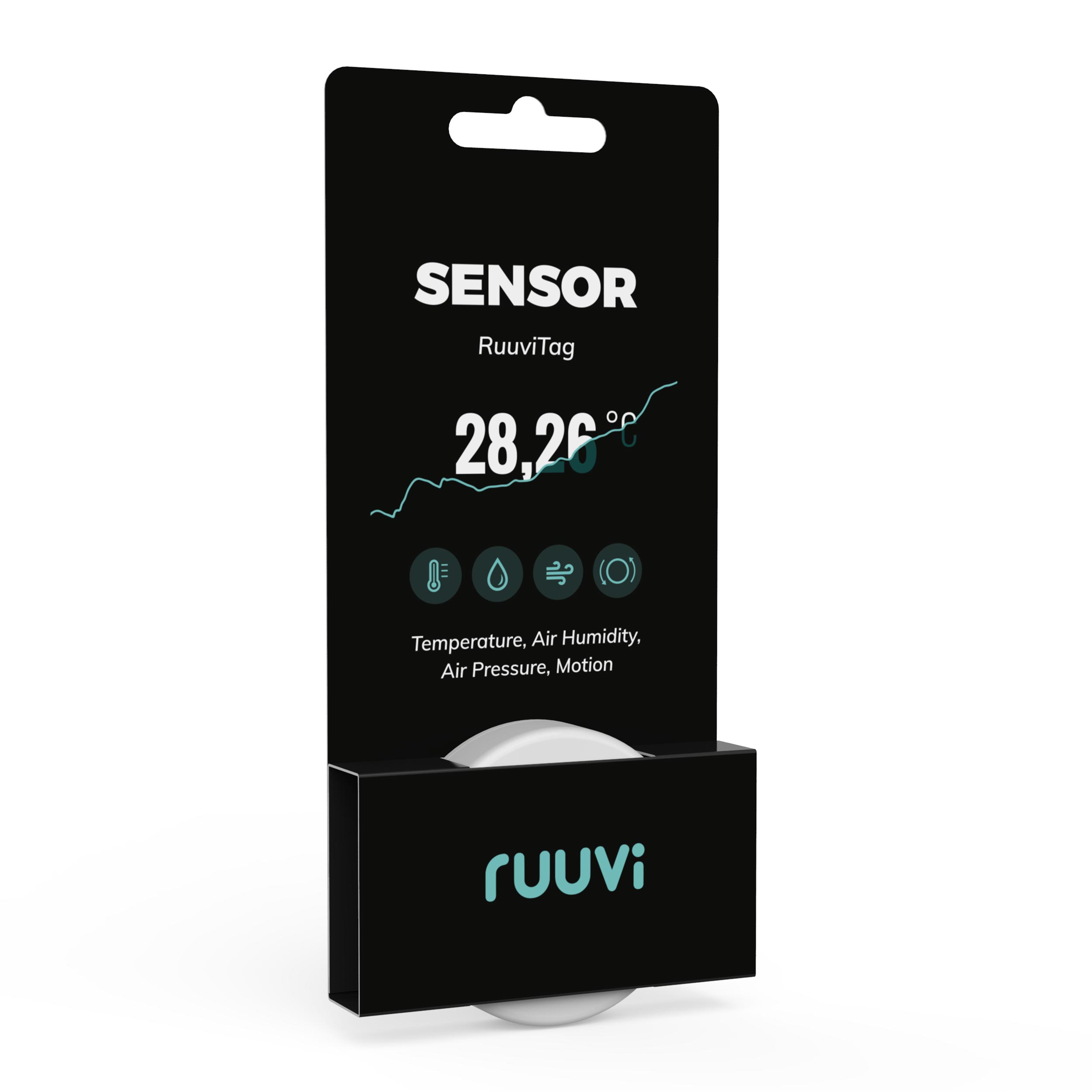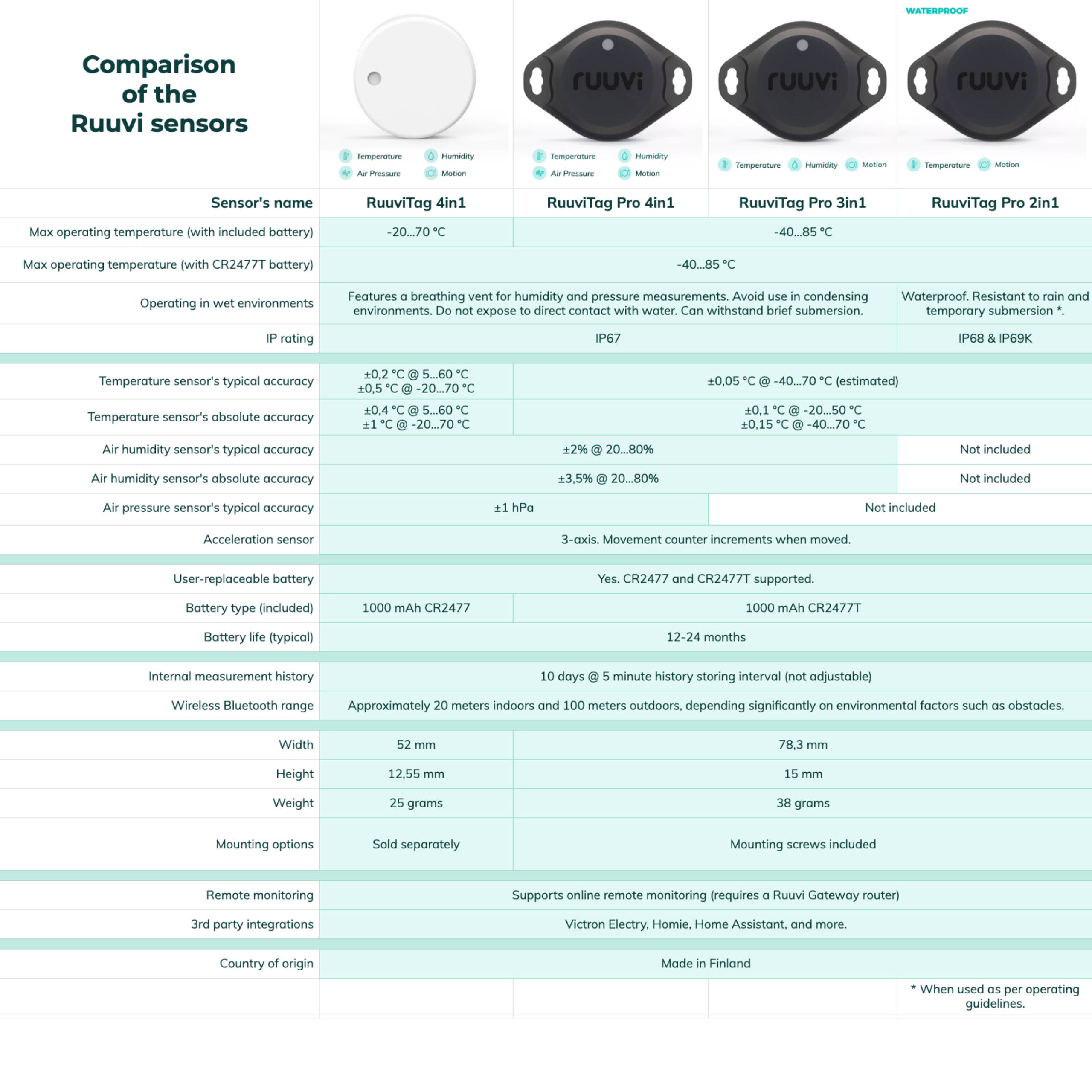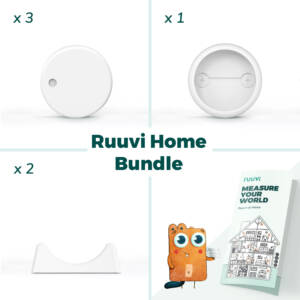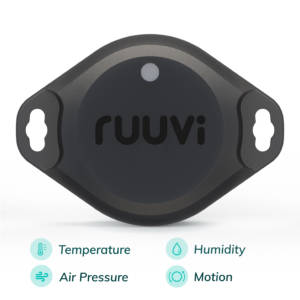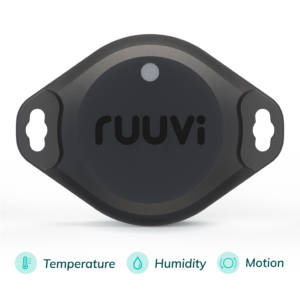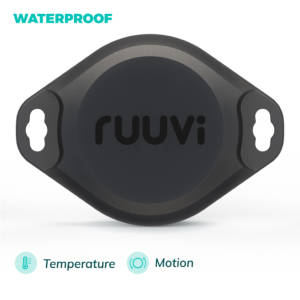Home is where you spend most of your time, especially since remote work is becoming more common. It is therefore even more important to have a healthy surrounding environment, for you and the people you live with. Your belongings are also not immune to high humidity and can deteriorate over time.
Air humidity is an important parameter to monitor: excessive humidity is unhealthy, resulting in various breathing problems. It is also one of the main reasons for the growth of mold, which not only results in expensive structural damages for your home, but is also detrimental to your health.
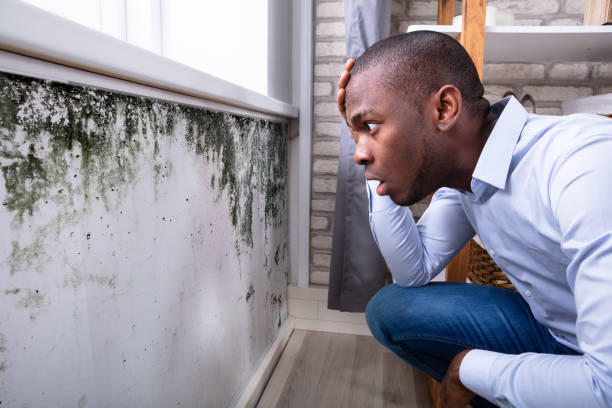
Let’s try to understand where humidity comes from, how it can affect your daily life, and how to monitor it and reduce it in the future.
Why is There So Much Humidity in My House?
It would be hard to list all the possible sources of humidity in a single article, but let’s tackle a few most common ones.
Where Does Humidity Come From?
Humidity is… Water in its gas state, so it is basically everywhere! Air contains a specific amount of water, depending mainly on the geographical area and the temperature. However there are many other sources that can alter the air humidity in a specific location. For example, when taking a shower, small drops of water escape into the air. Our body is also releasing water into the air through perspiration and breathing. Even when pouring a glass of water, a small amount of it is released into the air as vapor.
Why Does My House Remain Humid?
Bad ventilation is often the origin of increasing humidity readings. The air from the outside comes in, and gets loaded with steam from many different origins in the house (doing laundry, cooking, showering and bathing…). If this excess steam cannot escape outside the house, relative humidity increases.
How Does Humidity Damage My Home?
Southern Europe during the summer, or Southeast Asia all year round, are examples of places where extreme humidity is an issue. The main problems caused by too much moisture in the air are wet insulation, mold, rotting wood in the walls, and peeling paint. This is especially true for poorly ventilated bathrooms or kitchens. Air that is too humid, can also directly affect your health.
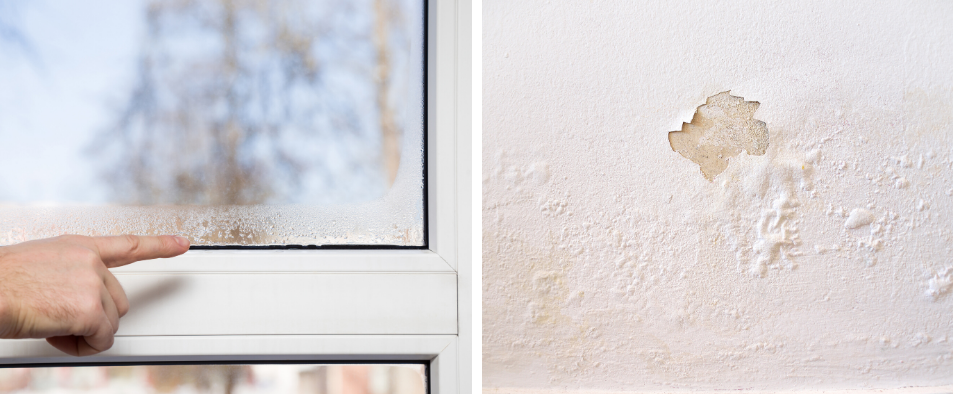
The Appearance and Spreading of Mold
Mold spores are found everywhere, they are usually conducted by air. To propagate, it needs two things: a proper surface to attach to, and a humid environment. For more information, you can find out about mold’s favorite surfaces directly on the Center for Diseases Control’s website.
Avoiding Expensive Structural Damages
Mold is known as the “building cancer”, it starts as a very small infestation at the beginning, starts to spread exponentially, and has a lot of negative consequences.
After spreading on surfaces, some types of mold will penetrate deeper into construction materials such as wood. If these issues are not found early enough the consequences can be dramatic, especially for your wallet when expensive repairs are needed. Fortunately, solutions exist to reduce humidity, eradicate mold and avoid these issues altogether.
Is Excessively Humid Air Unhealthy?
Yes it is. As we’ve seen above, mold is a microscopic fungus that grows on surfaces in the presence of humidity. Not only will it degrade your home but can cause severe allergies, inflamed airways and even chronic illness. Long term exposure to mold can cause asthma and pneumonia.
3 Ways to Decrease Home Humidity
Moisture can come from either internal or external sources. Good insulation and effective ventilation are a winning team against external sources of humidity. Internal ones might be trickier to track, so we have collected some useful tips.
Control the Top 3 Most Common Humidity Sources:
The Kitchen
Anything from simply boiling water for pasta to simmering food on the stove for a long time, will create a lot of steam. Allowing just one liter of water to evaporate will easily double or triple the humidity readings in a regular 20 square meter room.

The Bathroom
Humidity increases when water changes from liquid to gas state. The more energy it has (for example by heating it) the more of it will evaporate (or change to gas form). The kinetic energy of the shower water combined with heat facilitates evaporation and increases the humidity. Physics!
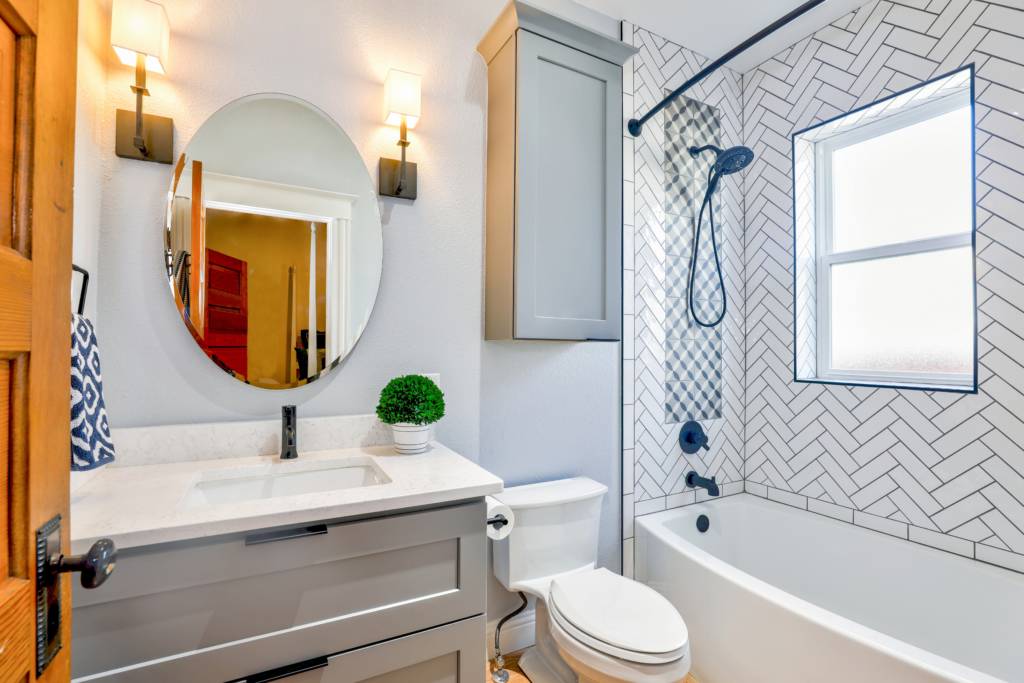
Drying Laundry
Drying laundry inside will result in the evaporation of several liters of water. Remember what happened with the evaporation of only one liter? It is recommended to use a dryer instead or to dry your laundry outside when the weather permits.
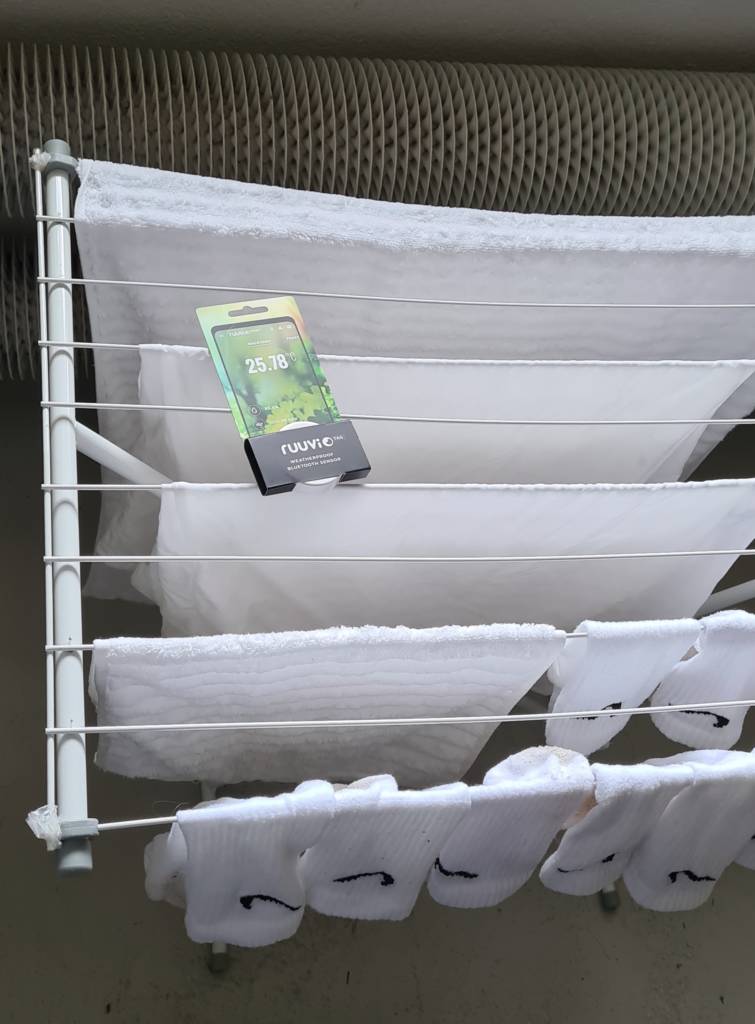
Optimize Your Ventilation at Home
The local humidity level in your home is simply the result of the difference between incoming humidity from internal or external sources and the outgoing humidity. Take more moisture out of the air than what you add to it, and relative humidity will decrease! To do so, you need to control your ventilation; increase it if humidity is too high and reduce it if you need to lower humidity readings. Ventilation can be as simple as opening your windows regularly, or can be dealt with by using more complex mechanical ventilation systems.
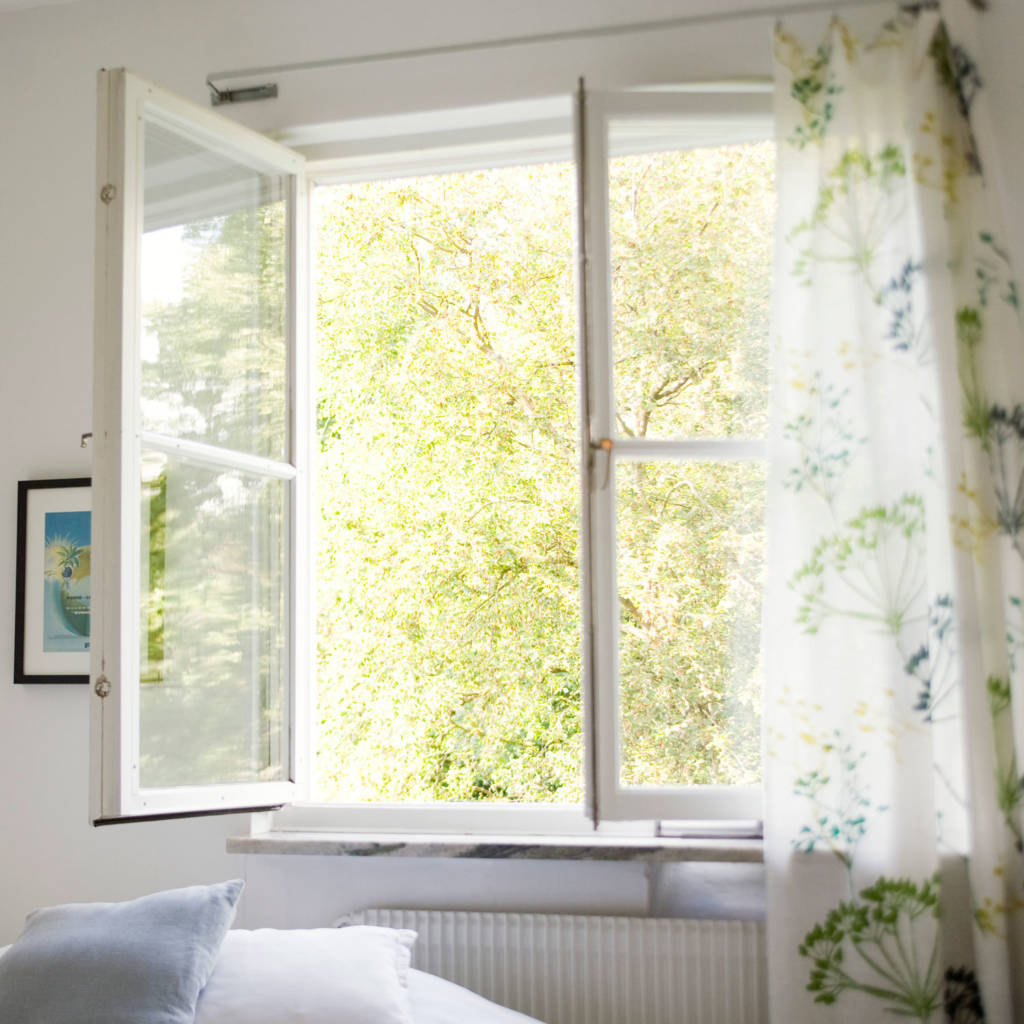
Using AC or a Dehumidifier
A common solution ( in moderation) is air conditioning. By turning on your AC once in a while, even when cooling would not necessarily be needed, you can greatly reduce the air humidity level in your home. AC units pull the humidity out of your house, ever noticed the water dripping outside from the pipe of your AC unit? Watch out for the electric bill though, air conditioning is effective, but not cheap!
Another technological solution is a dehumidifier. This home appliance is particularly popular in countries such as Hong Kong, and has proven to be very effective in getting rid of excessive moisture from the air. Prices vary greatly depending on the quality, but cheaper ones may start around 100€.
Tracking the Ideal Humidity Level at Home
What is the Optimal Relative Air Humidity at Home?
Optimal humidity levels both for your health and your belongings are somewhere between 35% and 50% of relative humidity. If these levels cannot be reached, you should maybe consider applying some of the tips given above (internal link). In most cases, changing simple behaviours should be enough. If it is not, investing in some ventilation or air conditioning might be necessary.
Monitoring the Perfect Environment with Smart Bluetooth Wireless Sensor Technology
Well, we now know a lot about humidity, where it comes from, how to control it and what are the target values in our environment. But how can we conveniently know when the levels are just right? A smart Bluetooth sensor, which measures and provides humidity data directly on your phone could definitely be part of the solution to the humidity problem. The RuuviTag sensor node provides a very effective way to monitor your environment (and not just humidity!). In addition to showing current values, alarms can also be programmed to inform you as soon as your humidity levels fall below or above the healthy target range.
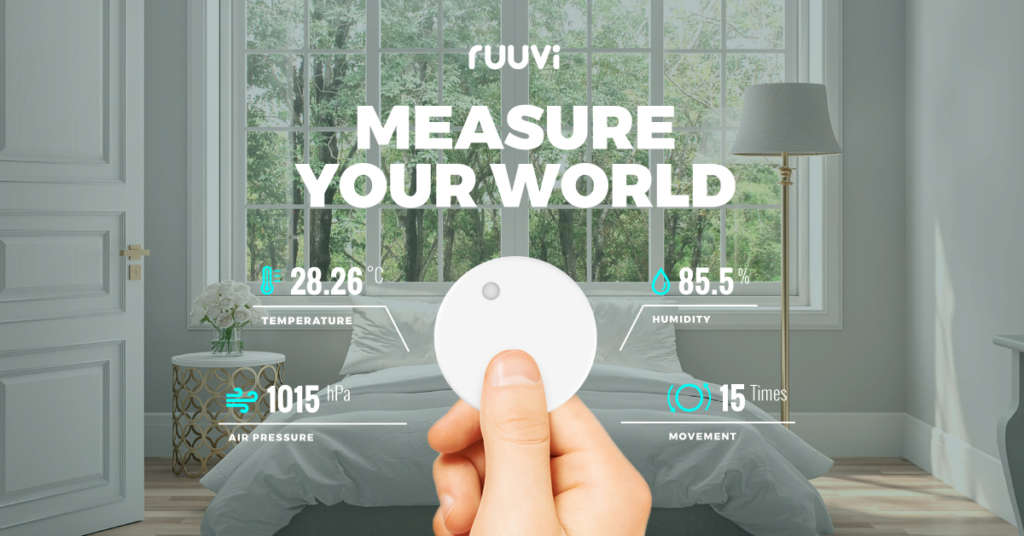
In conclusion, excessive humidity can be a real problem, especially in the long term. The key is to control it and to always be aware of the current levels. RuuviTag Bluetooth sensor will be your most valuable partner for this purpose. However, excessive humidity is not the only problem; discover how air that is too dry can also affect your environment here.
Buy a Humidity Sensor to Prevent Moisture Related Prooblems
Ruuvi is the tool to use in humidity monitoring. Prevent humidity related issues easily by monitoring house humidity at all times.
39,90€
Ruuvi is based in Finland. If you’re an EU consumer, VAT is included. If you’re a non-EU customer, you don't pay VAT. If you're an EU business, insert your VAT ID at checkout.
In stock
RuuviTag Sensor (4in1)
| Quantity | Unit Price(€) |
|---|---|
| 1 | 39,90 |
| 2 | 37,40 |
| 3-5 | 36,90 |
| 6-8 | 35,90 |
| 9-12 | 34,90 |
| 13-25 | 33,90 |
| 26-99 | 32,90 |
Are you looking for bigger quantities? Contact us for pricing.
